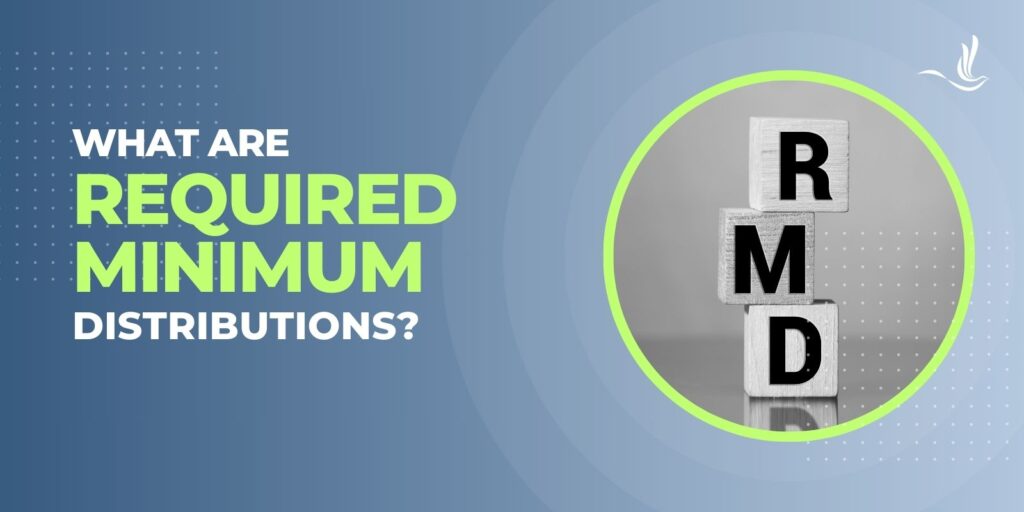
As individuals approach retirement, understanding the intricacies of financial planning becomes crucial. One essential aspect of retirement planning is navigating Required Minimum Distributions (RMDs). RMDs are mandatory withdrawals from retirement accounts that individuals must take once they reach a certain age. This article aims to shed light on the significance of RMDs, the rules governing them, and strategies to optimize your retirement income.
What are Required Minimum Distributions (RMDs)?
RMDs are IRS-mandated withdrawals that individuals must take from their tax-advantaged retirement accounts, such as Traditional IRAs, 401(k)s, 403(b)s, and other similar plans, starting at a specified age. RMDs ensure that individuals do not indefinitely defer paying taxes on their retirement savings.
Age and Account Type
The age at which RMDs must begin is called the Required Beginning Date (RBD). The specific age depends on the type of retirement account. For Traditional IRAs and 401(k)s, individuals are required to start taking RMDs depending on your birthdate.
- If you were born between July 1, 1949, and December 31, 1950: You must have taken your first RMD in the year you turned 72.
- If you were born between July 1, 1951, and December 31, 1958: You can take your first RMD in the year you turn 73. The final deadline to take your first RMD is by April 1 of the year after you turn 73.
- If you were born on January 1, 1959, or after: You can take your first RMD in the year you turn 75. The final deadline to take your first RMD is by April 1 of the year after you turn 75.
For employer-sponsored retirement plans, like 401(k)s, RMDs may be delayed if the individual is still working and not a 5% or more owner of the business.
Calculating RMDs
The RMD amount is determined by dividing the account balance as of December 31st of the previous year by the distribution period based on the individual’s life expectancy. The IRS provides Uniform Lifetime Tables to help calculate RMDs, considering factors such as age and account balance. For example, let’s say Mary, an unmarried person, begins taking RMDs at age 72. She has $1 million in her 401(k). According to the Uniform Lifetime Table associated with her criteria (unmarried owner), her distribution period is 27.4. Hence, Mary’s first RMD would be $36,496.
$1,000,000 / 27.4 = $36,496.35
Consequences of Non-Compliance
Failure to take the full RMD amount by the specified deadline can result in a significant penalty. The penalty has historically been a hefty 50% of the RMD amount not withdrawn. However, recent legislation has reduced the penalty to 25% of the RMD amount not withdrawn. In addition, the new law states that the penalty can be reduced to just 10% if corrected quickly. Although this will help alleviate any penalties, the fees will still be substantial. For example, if Mary had not taken that first RMD, her 25% penalty would’ve been a hefty $9,124. Even a 10% penalty would add up to $3,650.
Note that if you do not take your RMD, you’ll need to take two distributions the following year. The IRS requires you to take one per year. However, if you miss the deadline for good cause, you can request a waiver from the IRS. You’d do this by using Form 5329, Additional Taxes on Qualified Plans (including IRAs) and Other Tax-Favored Accounts.
Strategies to Optimize RMDs
- Strategic Withdrawals: Consider withdrawing more than the minimum required if your financial situation allows. This can help manage your taxable income in retirement and potentially reduce the tax impact in later years.
- Roth Conversions: Evaluate the possibility of converting a portion of your Traditional IRA into a Roth IRA. While this incurs taxes in the year of conversion, it can provide tax-free withdrawals in retirement, offering greater flexibility and potentially reducing RMDs in the future.
- Charitable Contributions: For those who are philanthropically inclined, the Qualified Charitable Distribution (QCD) allows individuals over 70½ to donate up to $100,000 directly from their IRA to qualified charities. This amount can count towards the RMD and is not included in the individual’s taxable income.
Tax Help for Those Taking RMDs
Understanding and effectively managing Required Minimum Distributions is paramount for a successful retirement strategy. Proactive planning, strategic withdrawals, and exploring options like Roth conversions and charitable contributions can optimize your retirement income and help navigate the complexities of RMDs. It is advisable to consult with a financial advisor to tailor these strategies to your specific financial goals and circumstances, ensuring a secure and comfortable retirement. Optima Tax Relief is the nation’s leading tax resolution firm with over a decade of experience helping taxpayers with tough tax situations.
If You Need Tax Help, Contact Us Today for a Free Consultation